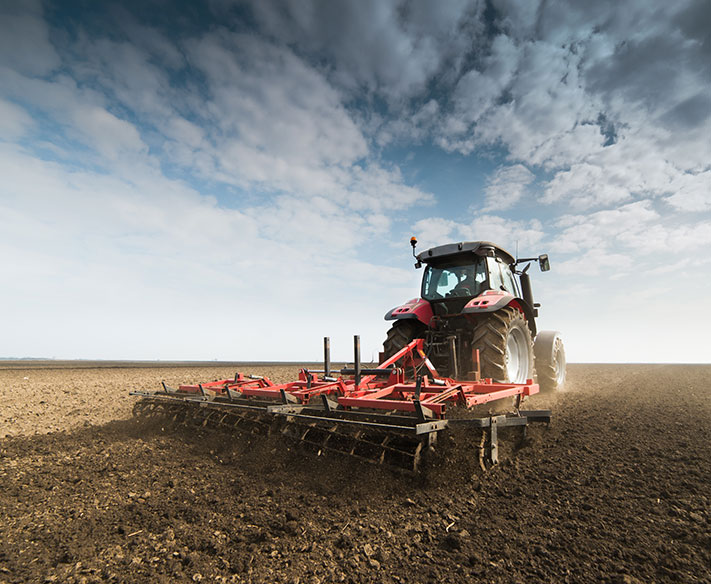We are recognised experts in data matching checks for the EU, which is a very specialised skill and requires a unique combination of regulatory knowledge and industry experience.
Under Directive 91/414/EEC, approval of the active substances (‘Annex I inclusion’) was given for a period of 10 years, with a second review to be completed before the end of the 10 year period. This was to ensure that risk assessments were kept up to date and to ensure that plant protection products continued to be used safely. In order to manage the renewal workload, a work programme (the Annex I Renewal or ‘AIR’ programme), was put in place which groups substances based on their expiration dates.
The first stage of the renewal (the ‘AIR’ project – published in Commission Regulation (EC) No 737/2007) was a pilot project consisting of only 7 substances, while the second stage of the renewal (the ‘AIR 2’ project – published in Commission Regulation (EU) No 1141/2010 – the second renewal Regulation) contained 31 substances with expiry dates between 2011 and 2012.
AIR 3 sets out the third stage of the renewal programme and includes 150 substances with expiration dates on or before 31 December 2018, while AIR 4 is also now ongoing and includes 223 substances with expiry dates from 2019 to 2021. Following the re-inclusion of the active substance at EU level, the products containing the active substance are re-authorised at Member State level.
For AIR 2 to AIR 4, new data submitted to support the renewal can attract data protection for a period of 30 months from the date of first renewal of authorisation. In order to attract protection, certain criteria apply to the tests and studies (e.g. the study must be to GLP), and other types of studies are not eligible for data protection.
The applicant must identify vertebrate studies to avoid unnecessary duplicate testing and allow informed data access negotiations with the data owners. Following AIR at EU level, additional applicants are required to provide information to demonstrate access to protected Annex II data. This may be achieved in a number of ways, for example by reference to unprotected data previously submitted on the active substance to support inclusion in Annex I, or by providing alternative and equivalent studies.
Where alternative and equivalent studies are submitted, the applicant must demonstrate the equivalence of those studies in terms of their support of the agreed end-points and the data protection status of such studies.

The standard format for a submission demonstrating access to a complete Annex II package, the so-called ‘data matching table’ is given in Appendix I of SANCO guidance document Sanco/10796/2003.
Data matching checks for the EU are a very specialized skill, and require a combination of knowledge and industry experience. We have this unique mix of skills, and we are currently working with our clients (individually and in task forces) on a range of substances to evaluate the lists of claimed data protected studies, develop reasoned cases where possible and commission only the essential alternative and equivalent studies. Through working on many projects over many years we have amassed tried and tested strategies to enable our clients to make sense of the situation and ensure that only the essential studies are commissioned.
In short, we are the recognized experts on data matching in the EU, and we are pleased to offer the following range of services to our clients in this regard:
- Review of the list of information, tests and studies which are considered as relied upon by the RMS for the evaluation with a view to the renewal of approval of an active substance
- Detailed investigations into the validity of data protection claims
- Development of reasoned cases to satisfactorily address the regulatory requirements and justify the non-provision of studies
- Consideration of vertebrate data; data access negotiations with the data owner
- Commissioning of only the essential alternative studies required to match protected data; management of study commissioning and monitoring programmes to meet EU timelines
- Preparation of final data matching submission demonstrating access to a complete Annex II package
If you require assistance with data matching, please send an email to info@kerona.ie or contact the team on +353 1 849 5284.
